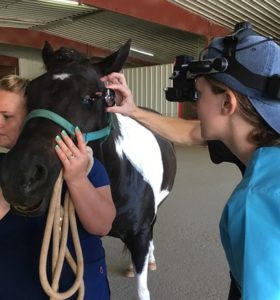It seems as though the further I get into veterinary school, the faster the semesters seem to fly by.
As I am writing this post, it is week eight of my second semester as a second-year veterinary student. It seems like just yesterday that it was week one.
Probably the most exciting thing about this semester has been starting surgery. We have our “Introduction to Surgery” course this semester, and it has been such a great experience.
Even the simple things, like learning how to wrap our surgery gowns and instruments and how to get scrubbed and gowned for surgery, have been exciting for me. So far this semester, we have already practiced a liver biopsy and an abdominal exploratory.
One of the coolest things about introductory surgery is the extremely realistic models we get to use to practice procedures on. Each model even has its own pump system that simulates blood flow and bleeding.
I think that practicing on these realistic models is a great way to gain confidence before having real patients put in front of us; the things we are practicing and learning in our clinical skills and surgery courses are going to make us much more confident when it comes time to perform real procedures.
I definitely feel like I leave every semester of veterinary school more and more confident and prepared to help my future patients.
Right now, I am focused on going into equine medicine after I graduate, and so in the midst of studying, I am also arranging summer externships.
I can say that I am truly lucky to have such an amazing group of professors who have been willing to meet with me outside of class to help me establish connections with clinics that I want to extern at.
I am excited to take what I have learned this semester, and past semesters, and apply it during my externships!

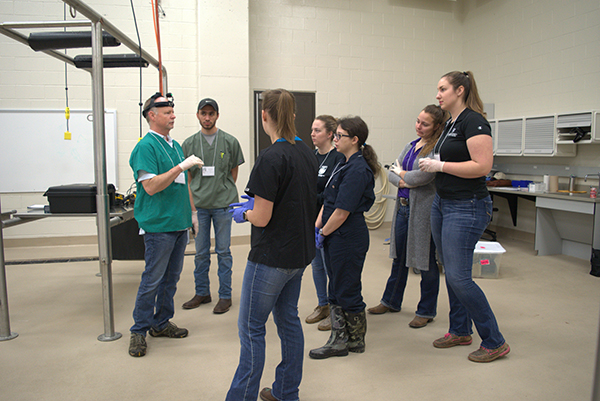 I serve as the logistics co-chair for the wet lab, and getting to see everything come together after nearly a year of working to host the event was incredible.
I serve as the logistics co-chair for the wet lab, and getting to see everything come together after nearly a year of working to host the event was incredible.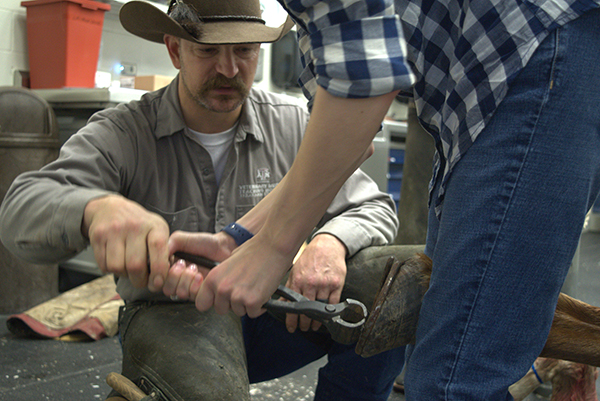 Now, don’t get me wrong, I think horses are fascinating creatures; their athletic abilities are absolutely remarkable and their digestive system is possibly even more impressive. However, I never had any intention of working specifically with horses.
Now, don’t get me wrong, I think horses are fascinating creatures; their athletic abilities are absolutely remarkable and their digestive system is possibly even more impressive. However, I never had any intention of working specifically with horses.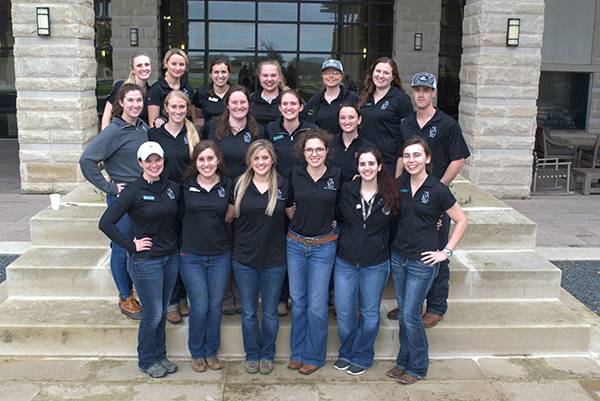 Fast forward to this year’s event, during which we ran around like crazy all day but had an incredible turnout and wonderful feedback from participants. I even got to spend considerable time with some really sweet horses, and I have to say, they are growing on me.
Fast forward to this year’s event, during which we ran around like crazy all day but had an incredible turnout and wonderful feedback from participants. I even got to spend considerable time with some really sweet horses, and I have to say, they are growing on me.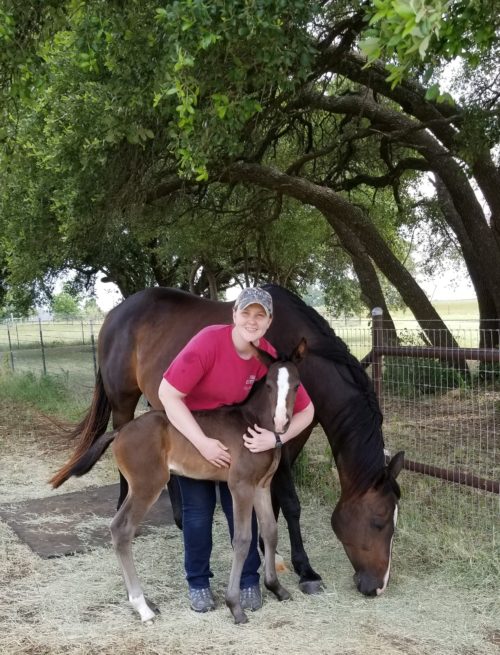 Veterinary students returned to our classes last Monday, Aug. 19, and with the new school brings excitement, challenges, and returning friends and classmates. This school year is my second in the Doctor of Veterinary Medicine (DVM) program, and it has brought and will continue to bring new opportunities for myself and others to learn and grow in our future profession.
Veterinary students returned to our classes last Monday, Aug. 19, and with the new school brings excitement, challenges, and returning friends and classmates. This school year is my second in the Doctor of Veterinary Medicine (DVM) program, and it has brought and will continue to bring new opportunities for myself and others to learn and grow in our future profession.